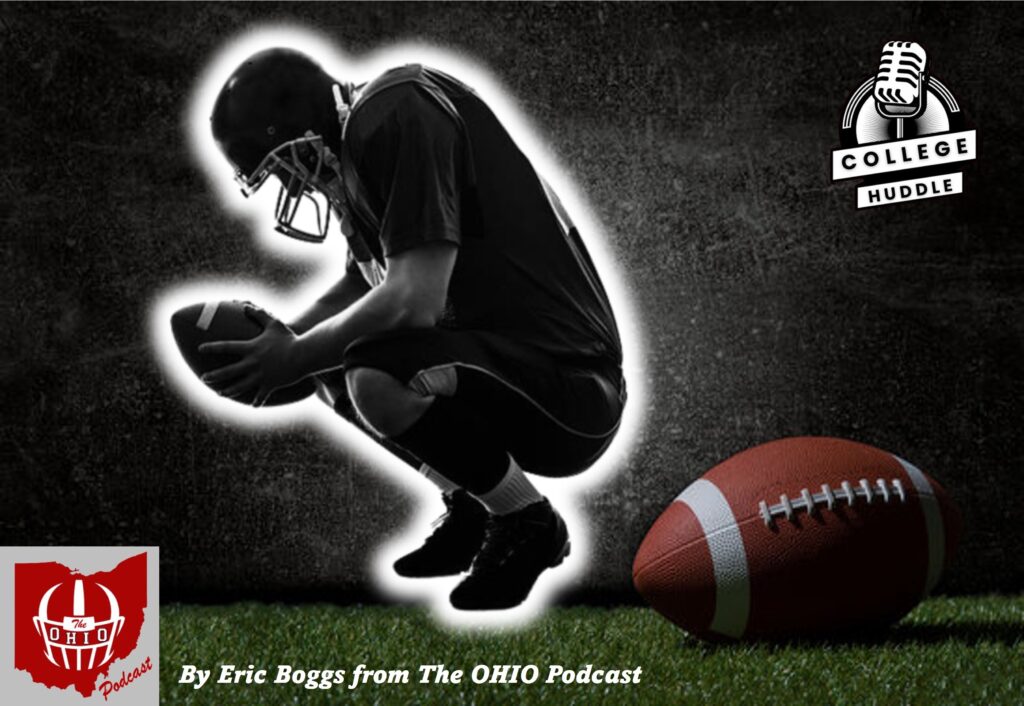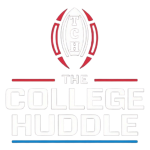
Division I Armature College Football is Dead
By Eric Boggs from The OHIO Podcast
A significant change in college sports happened on Thursday when the NCAA Board of Governors and all Power Five conferences agreed to settle the House v. NCAA lawsuit. This agreement will change college athletics forever by ending the long-standing amateurism model.
For the first time, schools will share part of their revenue with athletes. Scholarship and roster rules are expected to change, and major athletic departments will pay a large amount in back damages. Most importantly, this case will provide legal protection for college sports as they enter the Name, Image, and Likeness (NIL) era.
The proposal, approved by college sports leaders, will now go to the plaintiffs for approval before being finalized by a judge. This process could take several weeks.
Impact on Athletic Departments and Sports
The financial impact on athletic departments, especially in power conferences, will be significant. The NCAA will cover a large portion of the cost through reserves, insurance, and budget cuts, but schools will still pay a significant amount. According to documents obtained by Yahoo Sports, power-conference schools might pay up to $30 million per year over the next 10 years for revenue-sharing, back damages, and increased scholarship costs.
It’s no wonder schools like Texas and Oklahoma joined the SEC, and schools like USC and UCLA moved to the Big Ten. Larger television contracts will help athletic departments cover the growing financial burden schools are having to deal with in this new era. Under the television deal those four schools had in their previous conferences, those burdens could have set those programs back not only financially, but competitively in what some are calling a pay-to-play model.
For other schools, it will be more challenging. The ACC’s ESPN contract recently reached $30 million per school annually. The ACC and Big 12 each distribute about $44 million per school. In comparison, the Big Ten TV contract alone could be worth over $75 million per school annually. Additional money from the expanded College Football Playoff could also help, as Power Four schools will receive at least $12 million per school under the new system.
Back Damages and Costs
The settlement totals nearly $2.8 billion in damages over the next 10 years. The NCAA will cover 40% of this amount, with the remaining 60% coming from withheld distributions to Division I schools. Legacy Power Five schools will pay between $1 to $2 million each over the next 10 years. Group of Five schools will lose about $400,000 annually, and Football Championship Subdivision (FCS) programs will lose around $280,000.
College athletics has relied on an unpaid labor force, allowing universities to spend heavily on coaching salaries, facilities, and more. According to USA Today, nearly $200 million was spent on coaching buyouts alone in 2023. While high coaching salaries are funded by booster donations and are unlikely to disappear, programs will need to spend more wisely.
The focus on facilities is shifting to NIL payments, and this trend will continue. Some athletic departments might need to make tough decisions, like cutting sports or scholarships, to manage budget shortfalls. For example, Stanford, with the largest athletic department in the nation, will receive about 30% of an ACC revenue share when it joins the conference this fall.
Changes to Rosters and Scholarships
The NCAA is considering removing caps on guaranteed scholarships across sports. Instead of limiting compensation, the NCAA would focus on roster sizes to protect competition.
Currently, football teams can have 120 players but only 85 scholarships. In the future, rosters might shrink to 100 players, all on scholarship, with additional income from revenue-sharing. Some programs already use direct NIL payments to get around scholarship rules.
Other sports, like baseball, which currently have limited scholarships, could benefit from these changes. However, Title IX implications mean schools would need to fund additional scholarships for women’s sports as well.
Revenue-Sharing
The NCAA has resisted direct pay-to-play payments, but this settlement changes that. Athletic departments can now directly share revenue from TV contracts and ticket sales with athletes.
For example, around $20 million may be distributed to players, representing 22% of annual revenue for Power Four schools. However, this will vary by school. UCLA’s revenue was about $105 million, while Ohio State’s was nearly $280 million. For smaller programs like Louisiana-Monroe, with a total athletic budget of $19.4 million, the costs could be overwhelming, increasing the gap between wealthy and less wealthy schools.
While the settlement allows revenue-sharing, the specific terms are yet to be decided. These details will be worked out in the coming months and will significantly affect the system’s success.
Future Considerations
Under a proposed plan, programs that opt-in would pay some players through a trust, with a minimum of $30,000 per year for half of their athletes. To be in the top division, schools would need to opt-in and field a certain number of sports. This proposal could guide the NCAA’s approach to revenue-sharing.
The first few years of the NIL era have been challenging, putting pressure on fans to support big-time football programs through collectives. With revenue-sharing, the pressure on fans will decrease, benefiting everyone.
The NCAA hopes this settlement will reinforce NIL rules, which have been weakened by court losses. Schools are already hiring staff to manage NIL operations in anticipation of these changes.
However, collectives might resist these changes, claiming they are for legitimate endorsements, possibly leading to more court cases. The NCAA has lost many cases related to NIL.
While the settlement won’t solve everything, it addresses significant issues in college football. It changes the relationship between athletes and universities by allowing direct payment for athletic participation. College sports will never be the same.


[…] athletics directors are still absorbing the impacts and implications of the proposed settlement of three athlete-compensation antitrust lawsuits that the NCAA and the Power Five conferences approved last week. But one industry leader already […]